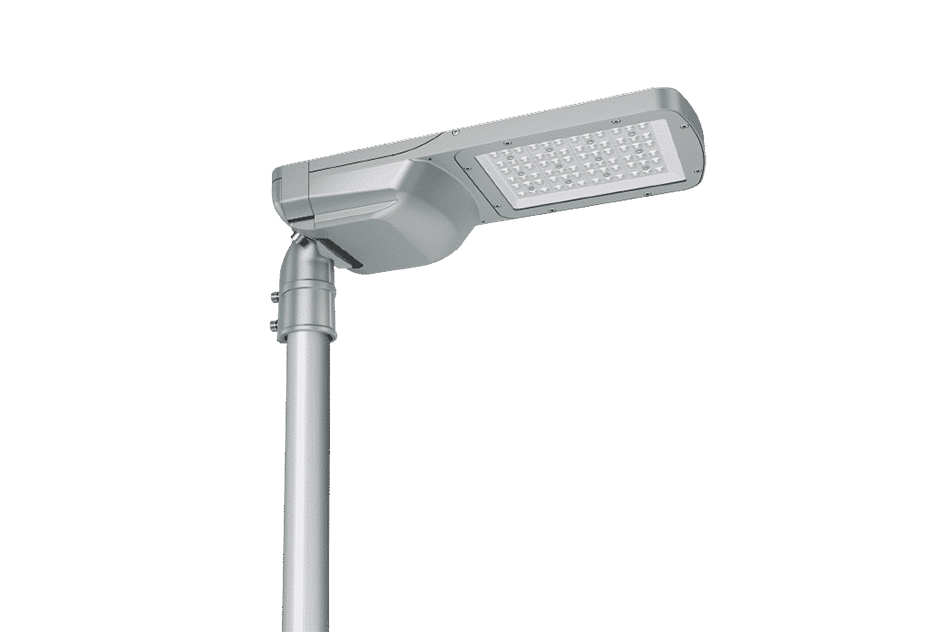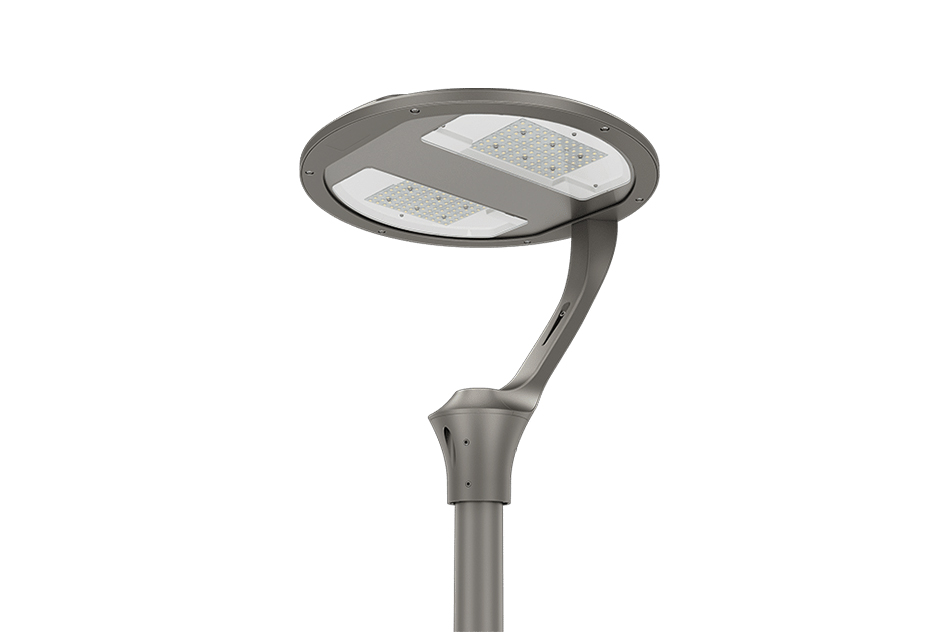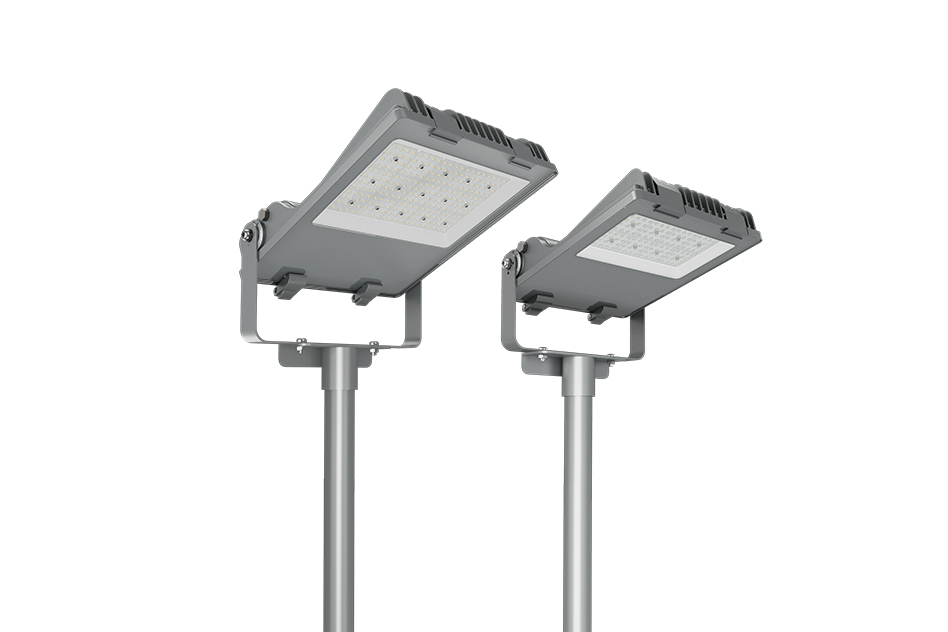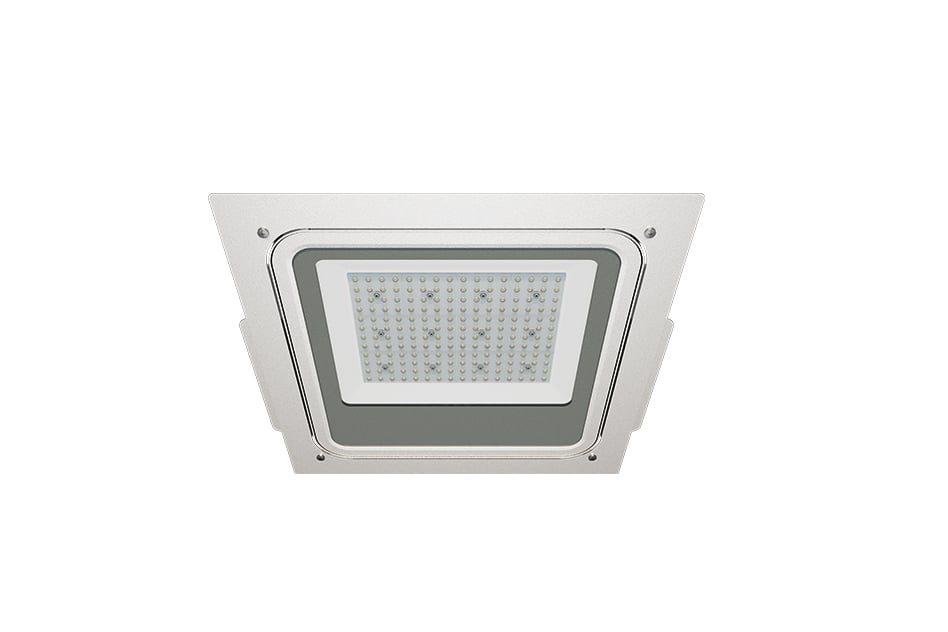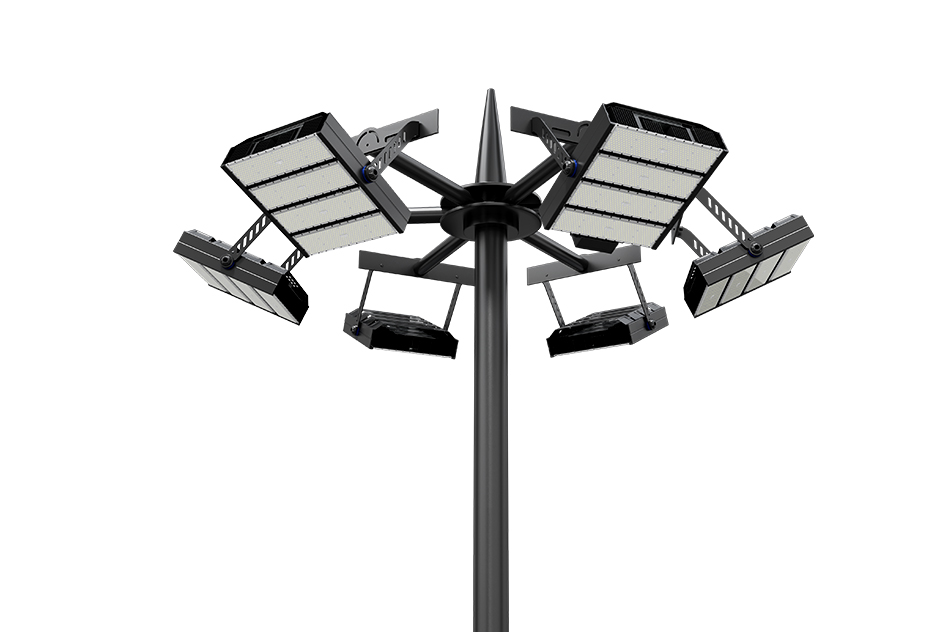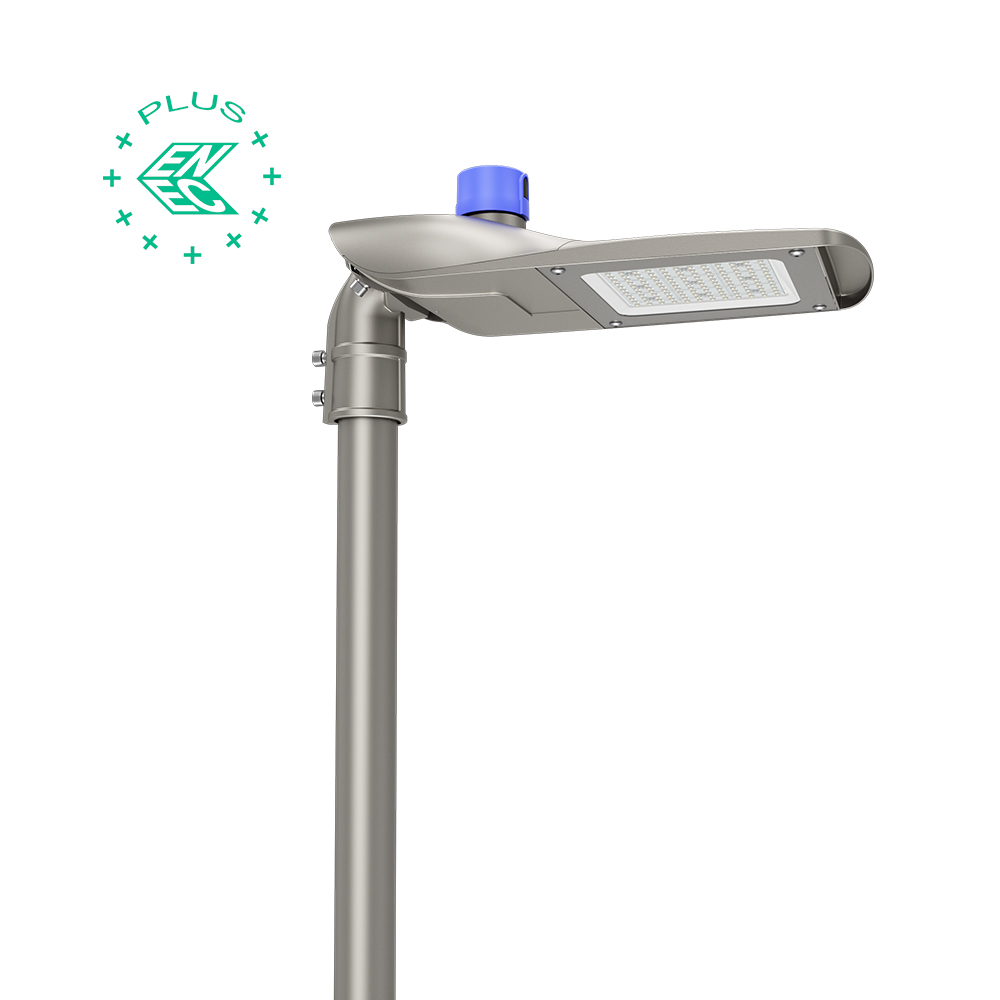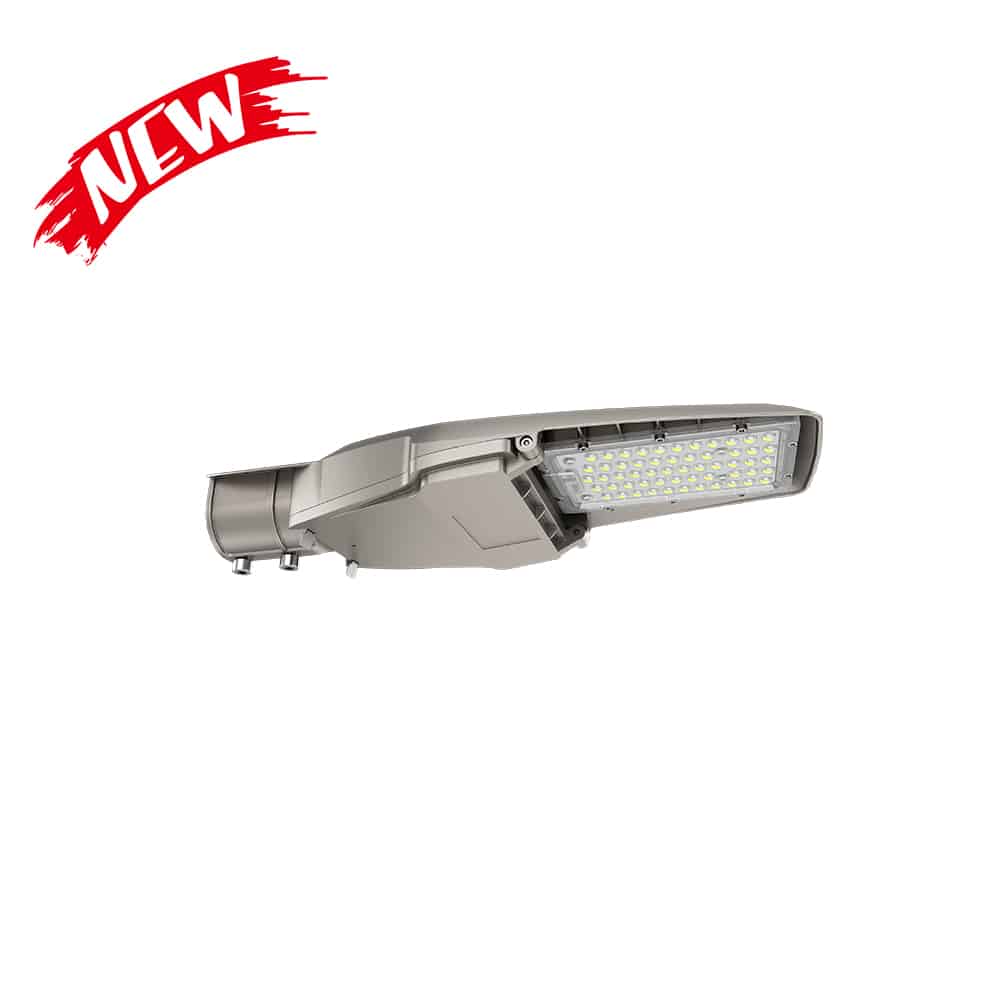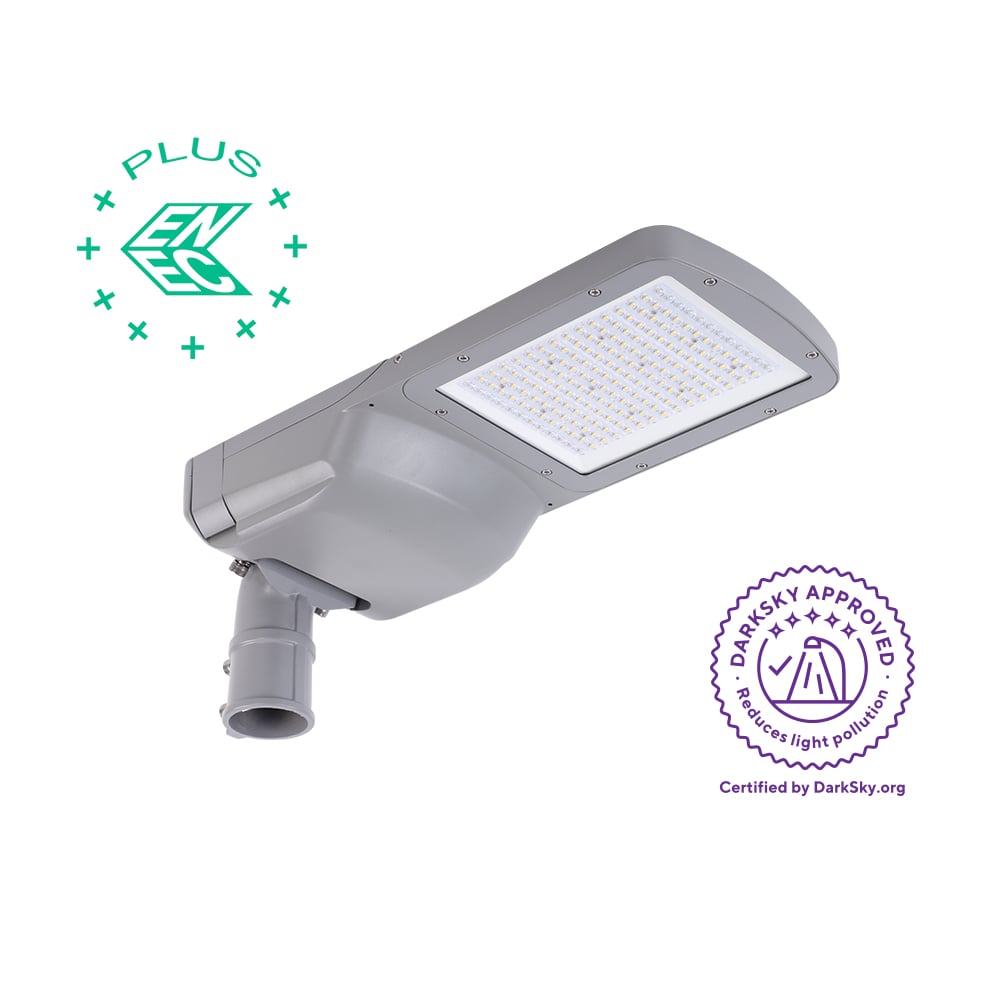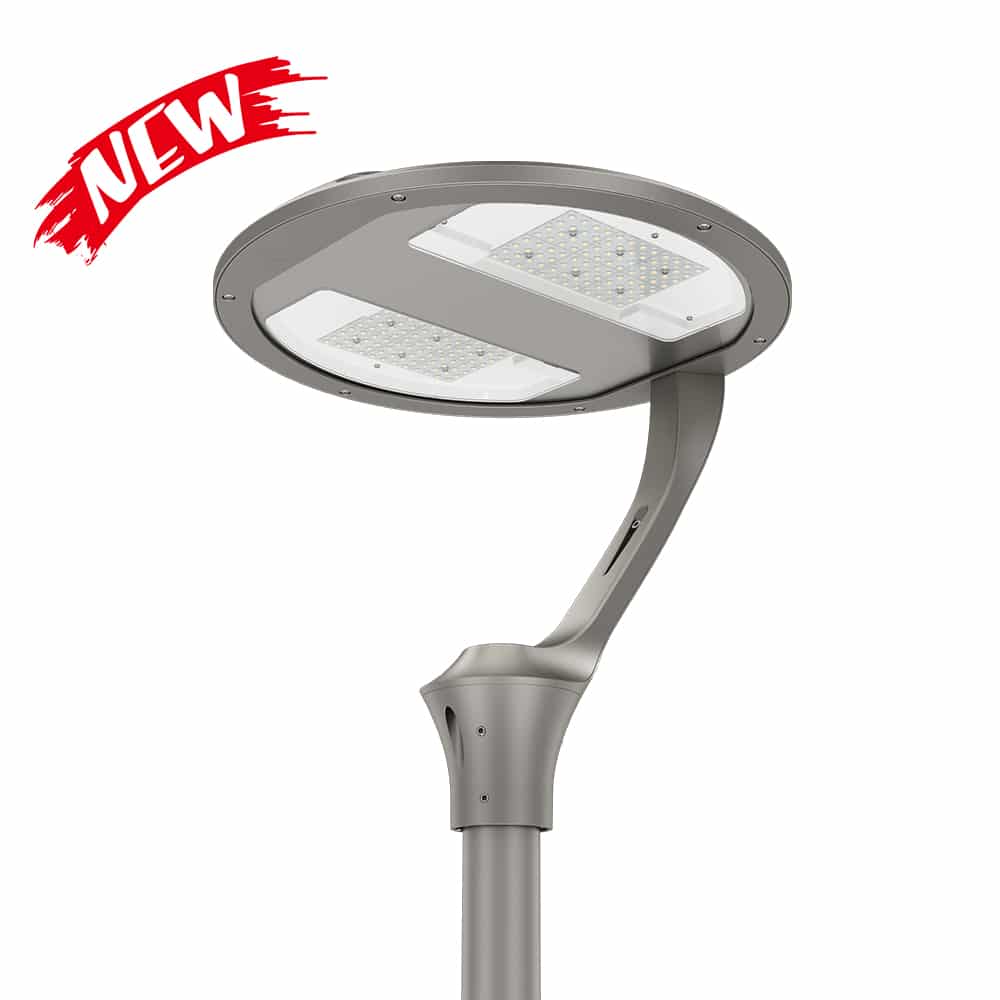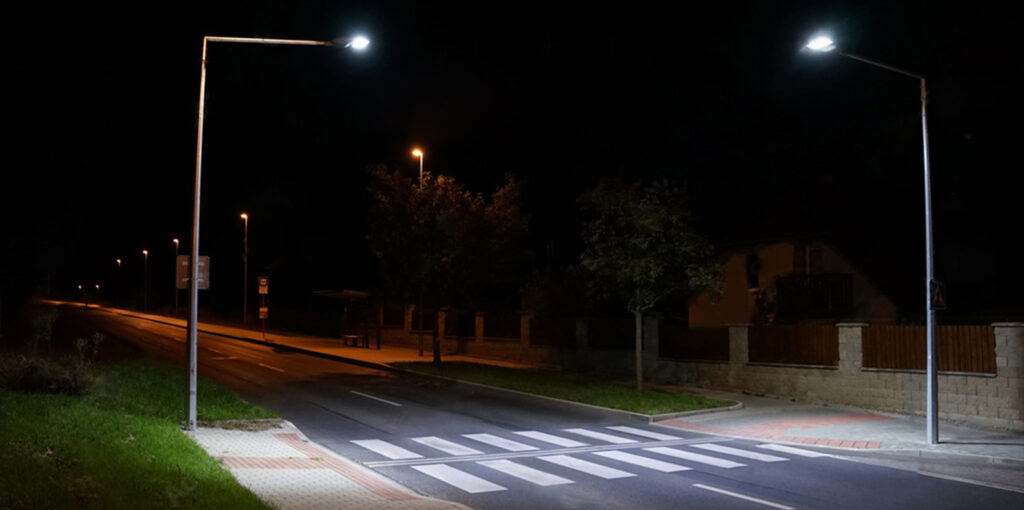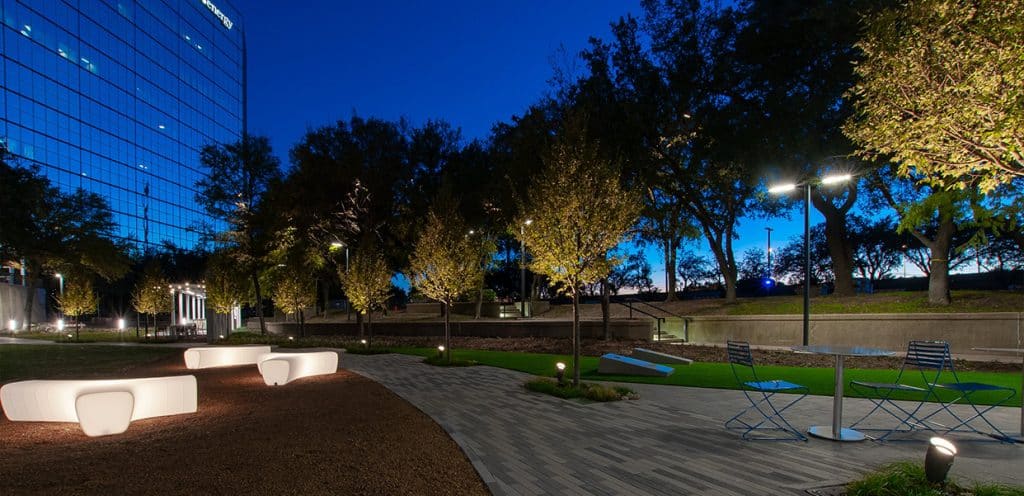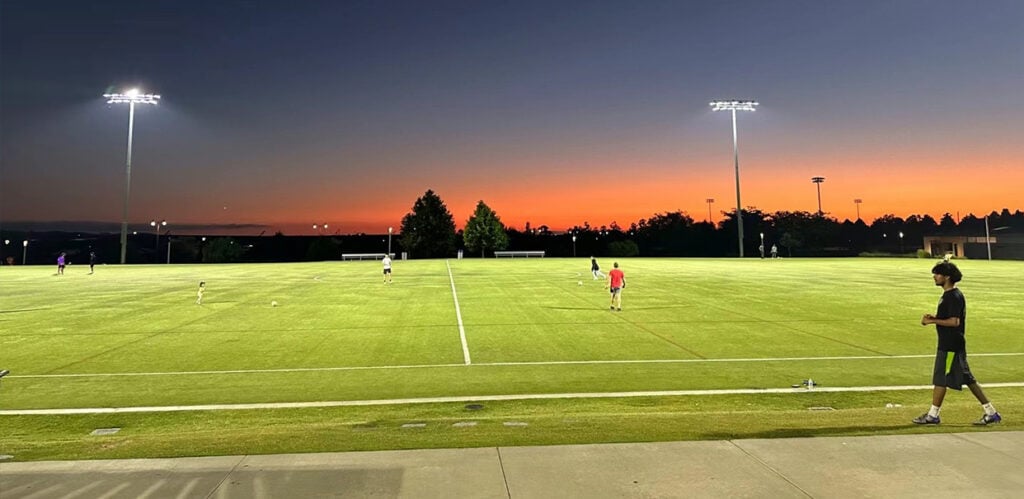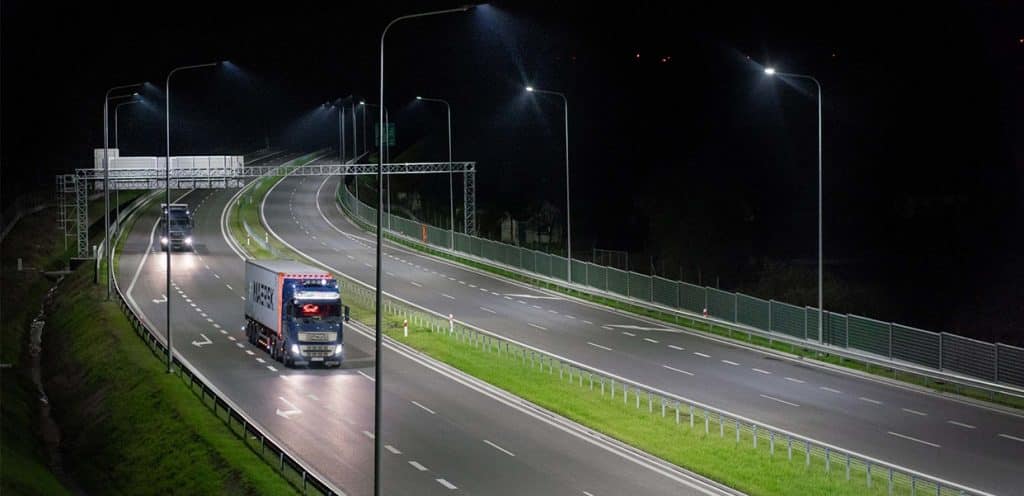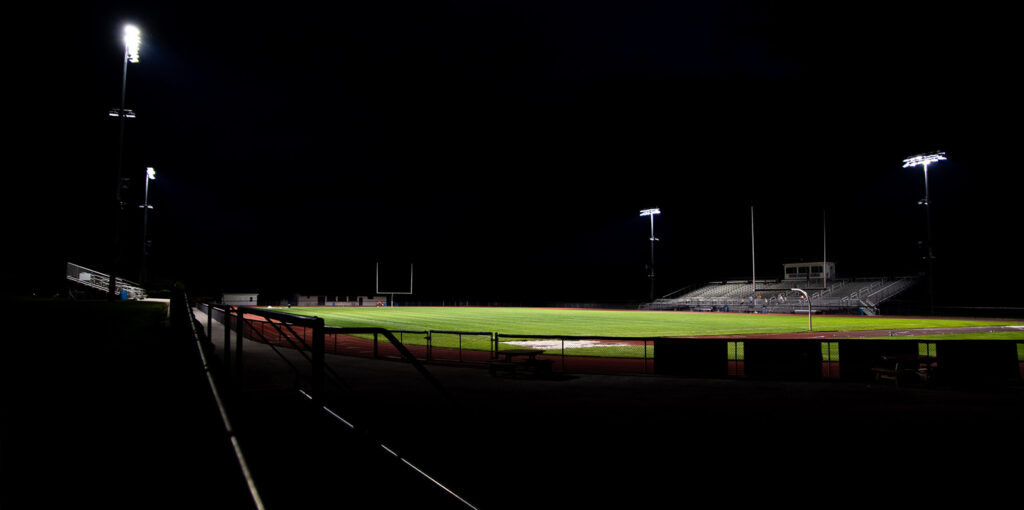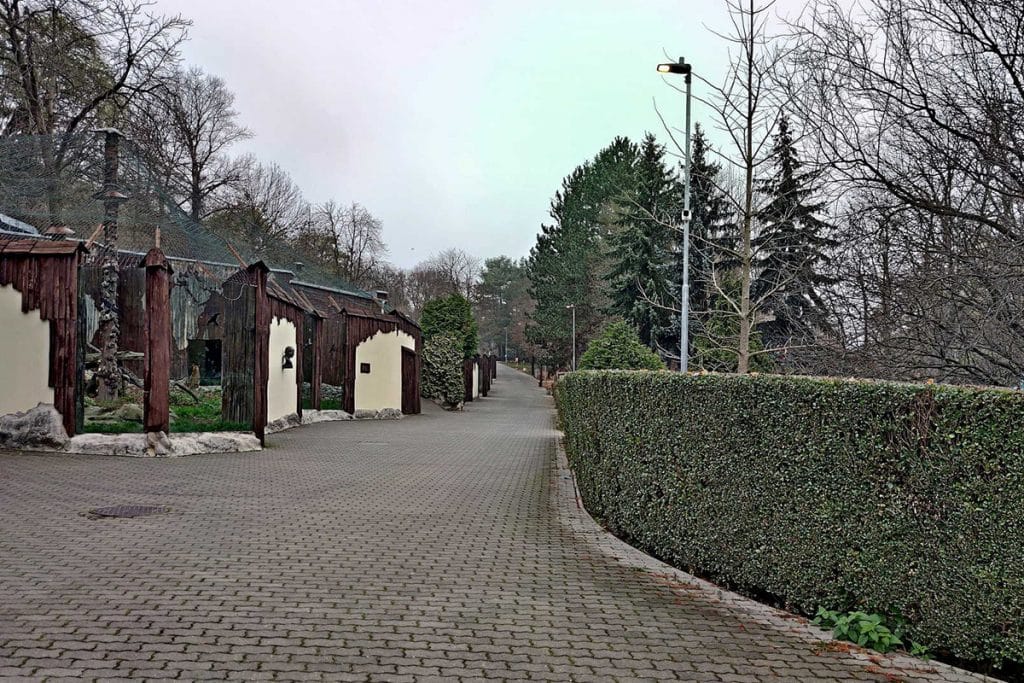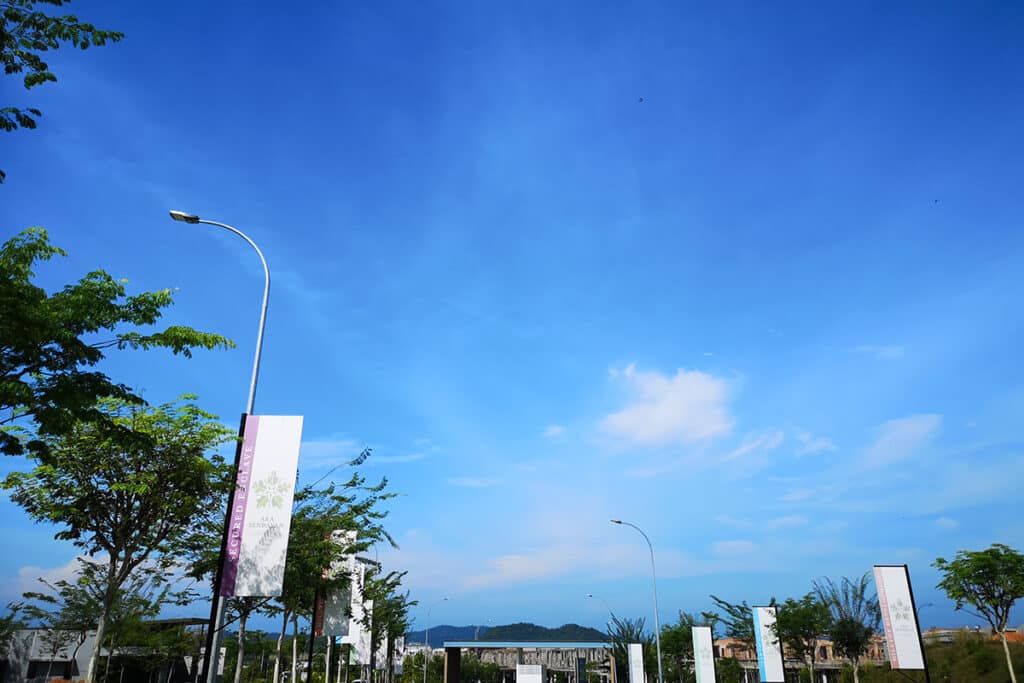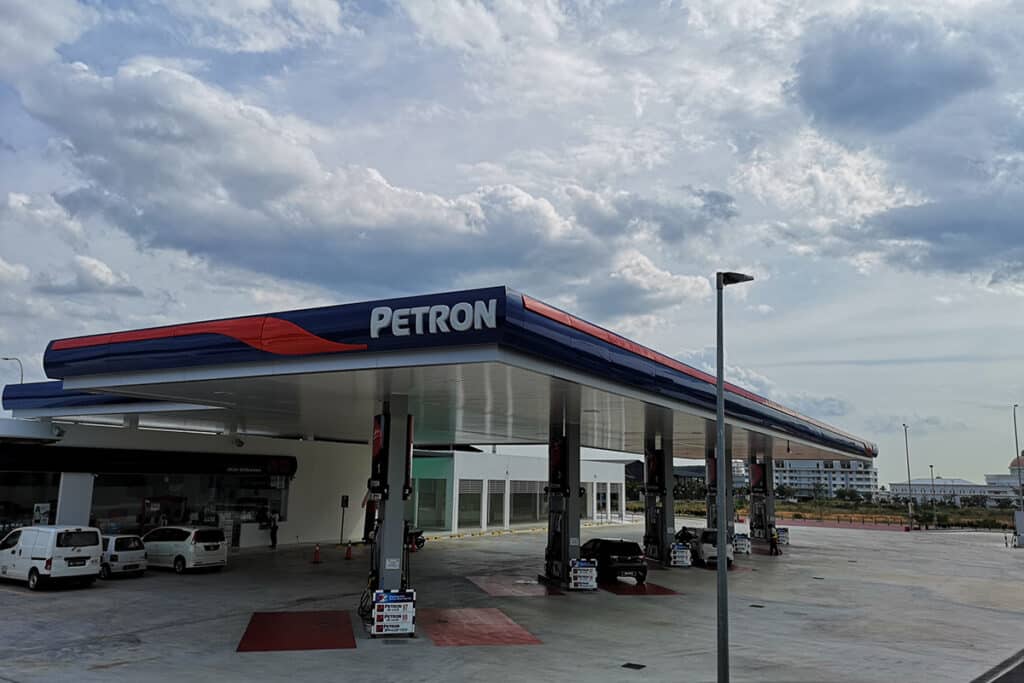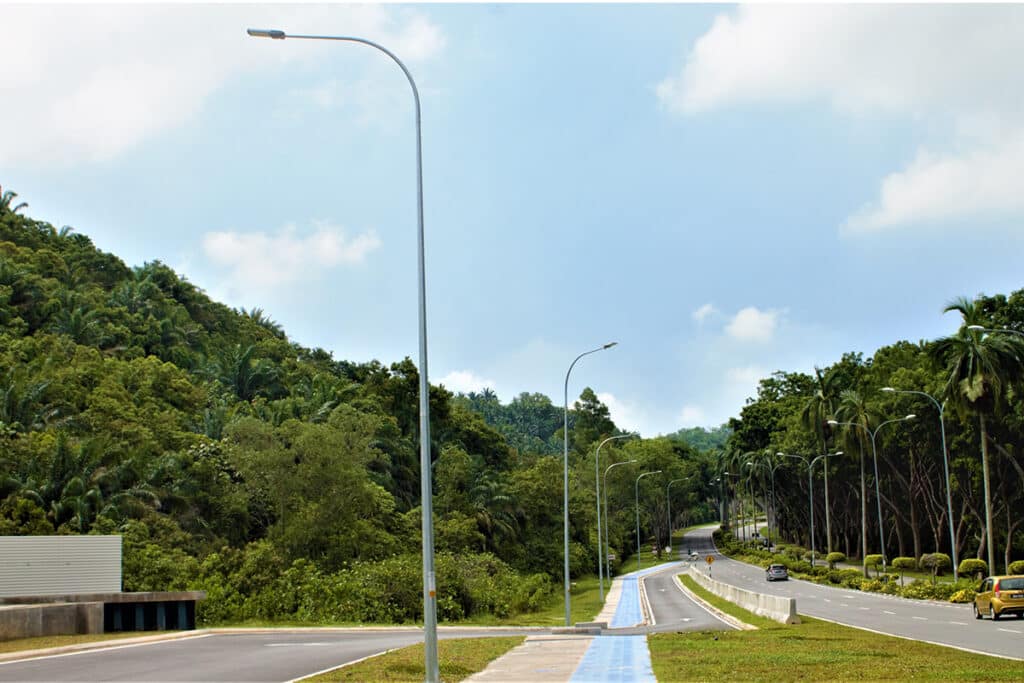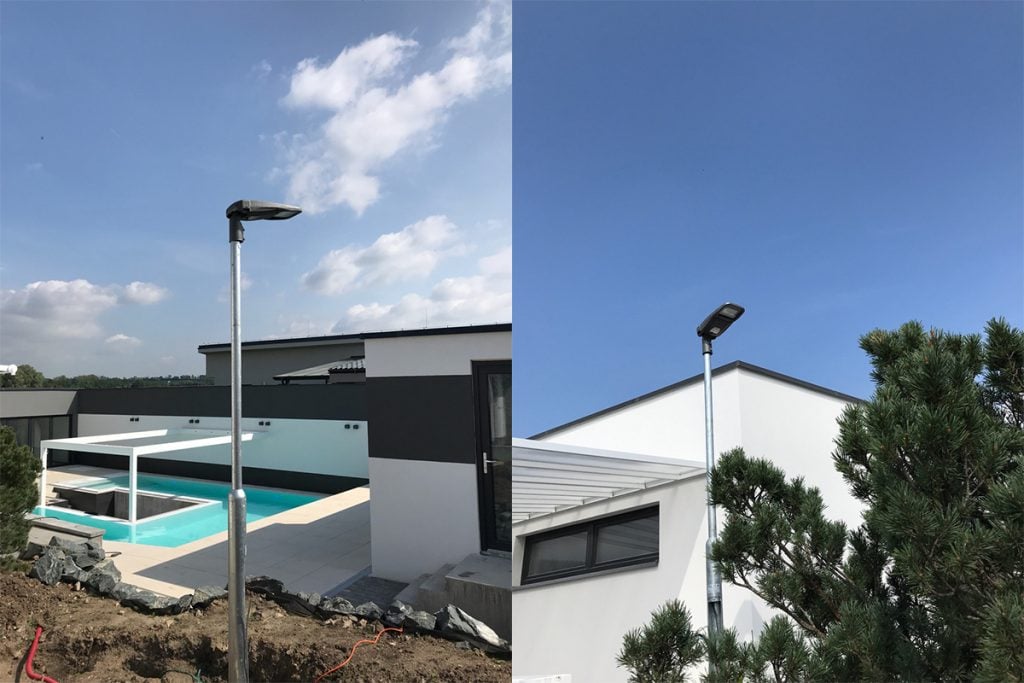How to choose the right light distribution types for streetlights
How to choose the right light distribution types for streetlights
Introduction
Brightly lit cities are the main places for human activities at night, and outdoor lighting plays a vital role in this. Therefore, outdoor lighting (such as road, parking lot and stadium lighting) has become a rapidly growing part of the lighting market in recent years. In this development process, we also need to pay attention to the quality of lighting. The basic factors that affect the quality of lighting include: brightness level and its uniformity, maintaining appropriate contrast between objects and backgrounds, limiting glare to ensure viewing comfort, etc., which are closely related to the light distribution types of lamps ( different types of street lights ). This article mainly explains how to choose the right light distribution to ensure that the lighting meets the corresponding standards. These standards include the 115-2010 “Roadway Lighting for Automotive and Pedestrian Traffic” standard issued by the International Commission on Illumination (CIE), the European standard EN 13201:2015 “Roadway Lighting”, and the North American standard ANSI/IESNA (American National Standards Institute/Illuminating Engineering Society of North America) RP-8-00 “Roadway Lighting”. By choosing the right light distribution, we can meet the lighting needs with the minimum wattage while ensuring brightness, illumination, uniformity and controlling glare ( How to control glare? ), which is crucial. So let’s go into detail step by step.
Three main reason why cares light distribution types
Lighting power density ( LPD )
LPD is an important indicator for measuring the energy efficiency of lighting systems. It represents the lighting power per unit area. The lower the LPD value, the more efficient the lighting system. In lighting design, LPD consideration helps to optimize the energy consumption of lighting systems and reduce the energy consumption of road systems, thereby reducing operating costs and reducing environmental impact. In order to reduce LPD, lighting designers can choose more efficient light sources and lamps with more reasonable light distribution. Generally speaking, the more reasonable the light distribution, the smaller the wattage required to meet the corresponding standards, that is, the smaller the LPD.
Uniformity
Uniformity ( What’s uniformity in lighting? ) is a parameter that describes the uniformity of light distribution in the lighting area. It is usually obtained by calculating the ratio of the minimum illuminance (or brightness) to the average illuminance (or brightness) in the lighting area. Good uniformity can ensure that the light intensity at each position in the lighting area is similar, thereby avoiding areas that are too bright or too dark, and improving visual comfort and safety. In lighting design, the more reasonable the light distribution of the lamp, the smaller the difference in illuminance (brightness) at each point in the lighting area, that is, the higher the uniformity.
Glare
Glare refers to the visual phenomenon that causes visual discomfort and reduces the visibility of objects due to inappropriate brightness distribution or brightness range, or extreme brightness contrast in the field of vision. In lighting design, many standards have put forward requirements for glare, so glare control is very important. For example, in order to reduce glare in road lighting, we can appropriately increase the installation height of the lamp pole, keep the lamp horizontally installed, or use a sunshade, etc. If these cannot effectively reduce glare, then the glare can only be reduced by replacing the light distribution of the lamp to ensure that it meets the requirements of the corresponding standards.
To further refine uniformity and reduce glare, you must also review the light distribution types for streetlights, since the beam pattern and optics directly impact the effectiveness of your lighting layout.
Classifications of light distribution types
The light distribution pattern mainly refers to the spatial distribution characteristics of light when it leaves the lamp. Each lighting fixture will produce a different light distribution pattern due to its design, LED position, structural characteristics, lens selection, etc. In order to simplify and standardize, the lighting industry usually classifies these patterns into several classified and widely accepted light distributions types, including Type I, Type II, Type III, Type IV and Type V. For details, please refer to the light distribution definition of different types of lamps such as road lights and area lights by the Illuminating Engineering Society of North America ( Find more about IESNA).
Lateral light distribution
Type I, Type II, Type III, Type IV and Type V actually refer to the lateral light distribution of the lamp, that is, how the light emitted by the lamp is distributed on several lanes of the street. The lateral light distribution types of the lamp are determined by analyzing the half-maximum candela trajectory. It provides some guidance on how to choose the light distribution according to the road width and installation height, but there is no necessary connection.
- Type I: Half-maximum candela trace falls between 1 MH on the house side and 1MH on the street side of the luminaire position.
- Type II: Half-maximum candela trace falls between 1 MH and 1.75 MH on the street side of the luminaire position.
- Type III: Half-maximum candela trace falls between 1.75 MH and 2.75 MH on the street side of the luminaire position.
- Type IV: Half-maximum candela trace falls beyond 2.75 MH on the street side of the luminaire position.
- Type V: Symmetrical, with a circular light distribution around the fixture location.
- Type VS: Symmetrical, with a square light distribution around the fixture location.

In short, type I is suitable for roads with 1-2 lanes or one lane + sidewalk, Type II is suitable for roads with 2-3 lanes or 2 lanes + crosswalk, Type III is suitable for roads with more than 3 lanes, and Type IV is suitable for parking lots. Of course, this is generally for reference. The lighting simulation results should be used to determine which light distribution is suitable for your project. The results can well reflect the lighting effect after the lamps are installed.
Vertical light distribution
Vertical light distribution ( longitudinal light distribution ) refers to the type of light distribution of how the light from the luminaire spreads on both sides of the street. The vertical light distribution type of the luminaire is determined by analyzing the maximum candela trajectory (pole spacing/mounting height). It provides some guidance on how to choose light distribution based on pole spacing and mounting height, but again there is no necessary connection. The following are IES vertical distribution types and their definitions. Combining lateral light distribution and vertical light distribution, there are many IESNA light distribution types, such as Type IS, Type IM, Type IL, Type IIS, Type IIM, Type IIL, Type IIIS, Type IIIM, Type IIIL, etc.
- Very Short: The maximum intensity point lands 0 to 1.0 MH each way longitudinally from the luminaire position.
- Short: The maximum intensity point lands between 1.0 MH and 2.25 MH each way longitudinally from the luminaire position.
- Medium: The maximum intensity point lands between 2.25 MH and 3.75 MH each way longitudinally from the luminaire position.
- Long: The maximum intensity point lands between 3.75 MH and 6.0 MH each way longitudinally from the luminaire position.
- Very Long: The maximum intensity point lands beyond 6.0 MH each way longitudinally from the luminaire position.
According to experience, Type xS light distribution is suitable for 2.5-3 times the pole spacing, Type xM light distribution is suitable for 3.5-4 times the pole spacing, and Type xL and xVL light distribution is suitable for more than 4 times the pole spacing. These are also for reference only. If you are confused about what kind of vertical light distribution to choose for your project, ZGSM recommends using lighting simulation ( More about lighting simulation/design ) to determine which type of light distribution is most suitable.
How to choose the right light distributions for your project
Lighting distribution on road lighting
In order to help you better understand the impact of light distribution types on lighting effects, we will demonstrate the specific role of light distribution through lighting simulation. The following is the road condition we simulated: the road width is 7.0 meters, with 2-meter-wide sidewalks on both sides, the installation height of the lamp is 9 meters, and the distance between the lamp poles is 32 meters. We selected three different lenses for comparison and listed the simulation results in below table.
| Average Luminance Lav [cd/m2] >1.00 | Overall Uniformity Uo [-] >0.40 | Longitudinal Uniformity Ul >0.60 | Threshold Increment FTI [%] <15 | Edge Illuminance ratio REI [-] ≥0.30 | Em ≥7.50 | Emin ≥1.50 | Em ≥5.00 | Emin ≥1.00 | |
| Option 1 | 1.00 | 0.4 | 0.76 | 14 | 0.46 | 9.71 | 6.52 | 5.87 | 3.45 |
| Option 2 | 1.00 | 0.4 | 0.75 | 14 | 0.51 | 10.23 | 6.95 | 4.87 | 2.75 |
| Option 3 | 0.75 | 0.59 | 0.78 | 11 | 0.68 | 7.55 | 4.60 | 7.97 | 5.06 |
The following is a diagram of false colour rendering result. In option 3, the lighting of the sidewalk and the middle motorway is insufficient because the unreasonable vertical light distribution causes the light to fail to fully cover the sidewalk and the motorway. In this case, we have to install more lamps, which means the installation space of lights ( Check to find more about Luminaire arrangement of streetlight ) will be shorten. In option 2, the brightness of the motorway meets the requirements, but the lateral light distribution of the crosswalk far away from the lamps is unreasonable, and the illumination does not meet the requirements of P4 sidewalk lighting in EN13201. On the contrary, option 1 provides uniform lighting on both the sidewalk and the motorway, and the illumination meets the requirements of the EN13201 standard. Both the vertical light distribution and the horizontal light distribution perform well, ensuring the safety of pedestrians and drivers at night.

Lighting distribution on parking lot lighting ( Type IV )
In order to save energy, the customer chose to replace the LED lamps. We recommended the most suitable lens to the customer through lighting simulation. The size of the parking lot is 40*60 meters, with a total of 90 parking spaces. The lighting simulation shows that when the T2M lens is selected, the average illumination is 75lux and the uniformity is 0.288. When we change to the Type IVM lens, the average illumination is 82lux and the uniformity is 0.375. We can conclude that in this case, the Type IVM lens is better than the Type IIM in terms of both illumination and uniformity. The reason is actually very simple. The Type IIM lens is not suitable for covering the wide area of two parking spaces plus one lane in terms of vertical lighting distribution. In the false colour rendering image below, we can intuitively see that the lane cannot be effectively illuminated, which ultimately leads to insufficient uniformity. At the same time, some light is projected to the roadside, resulting in a lower average illumination. In this case, in order to achieve the same illumination, we have to use higher wattage lamps, and in order to improve uniformity, we have to place more lamps or replace lenses, check to find more about ZGSM parking lot lighting solutions.

Lighting distribution on pedestrian lighting
The lighting of pedestrian crossings requires street lamps with asymmetric light distribution in both C0-180 and C90-270. These street lamps can provide vertical illumination to directly illuminate pedestrians on the side of or on the pedestrian crossing, and remind motor vehicle drivers of the existence of the pedestrian crossing. In order to have better vertical illumination, these lamps are usually placed on both sides of the pedestrian crossing. For example, a one-way single lane or a two-way two-lane road lamp only uses a street lamp with right-polarized light or left-polarized light design (C0-180), which can achieve effective lighting of the pedestrian crossing. If it is a one-way two or three lanes or a two-way three or four lanes, it is often necessary to combine two street lamps ( Find more of ZGSM streetlights )with different light distribution types to obtain higher illumination and better uniformity. As shown below, we compare the use of conventional lenses and asymmetric light distribution (C0-180+C90-270) street lamps. The simulation results show that the former requires 30W to achieve the required 30lux illumination, while the latter only requires 20W, and the uniformity is better than the former.

ZGSM LED lights
ZGSM has a variety of street lights, application scenarios include main roads, country roads, sidewalks, parking lots and parks. Different application scenarios often require streetlights with different light distribution types to meet the needs of the application. If you are interested in these products, please contact us. In addition, ZGSM also produces other lamps, such as factory lights, floodlights, stadium lights ( LED outdoor stadium lighting supplier ), gas station lights, and solar street lights ( Check to see ZGSM’s AIO, AIT and Split solar street lights ) , etc. If you are interested, you can find the product that suits you through the following link.
Summary
This article mainly explains the importance of light distribution, the different street light distribution types, and the application of light distribution in different scenarios such as ordinary roads, parking lots, sidewalks, etc. Through these, we can conclude that reasonable light distribution can better meet the requirements of contrast and uniformity in lighting standards. Lamps with unreasonable light distribution often require higher wattage to meet the requirements of illumiance. In addition, in order to achieve the ideal uniformity, the project party has to place additional lamps to achieve the good uniformity. In some special applications, we need customized lenses to meet the lighting requirements, such as sidewalks, parking lots, and stadiums, etc. If you are interested, you can refer to our blogs regarding pedestrian lighting, parking lot lighting and sports lighting ( ZGSM sports lighting solutions ).
Related Products
Related Blogs
Related Cases
People also ask
Author introduction

Hello Customers,
My name is Taylor Gong, I’m the product manager of ZGSM Tech. I have been in the LED lights industry for more than 13 years. Good at lighting design, street light system configuration, and bidding technology support. Feel free to contact us. I’m happy to provide you with the best service and products.
Email: [email protected] | WhatsApp: +8615068758483

